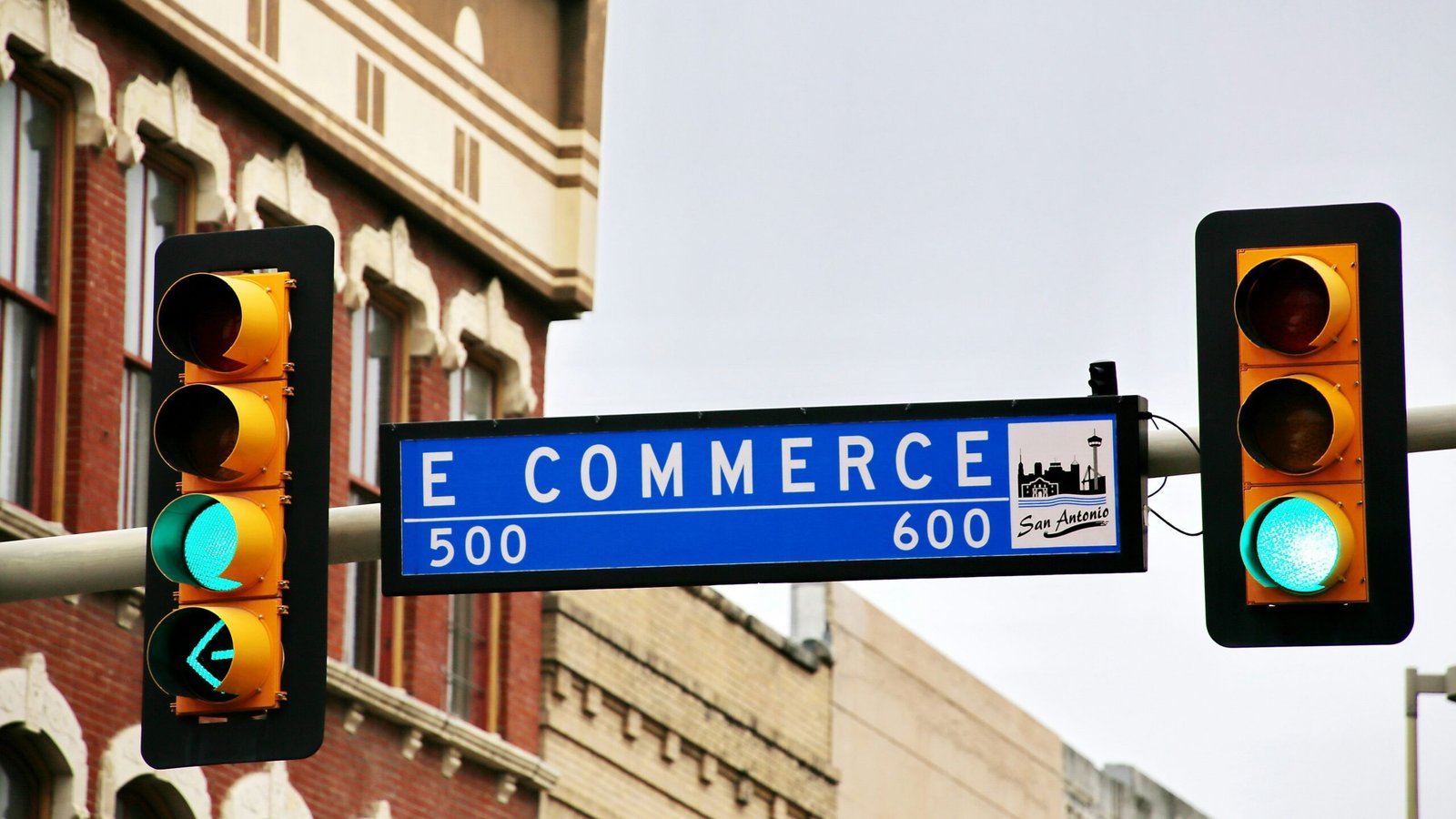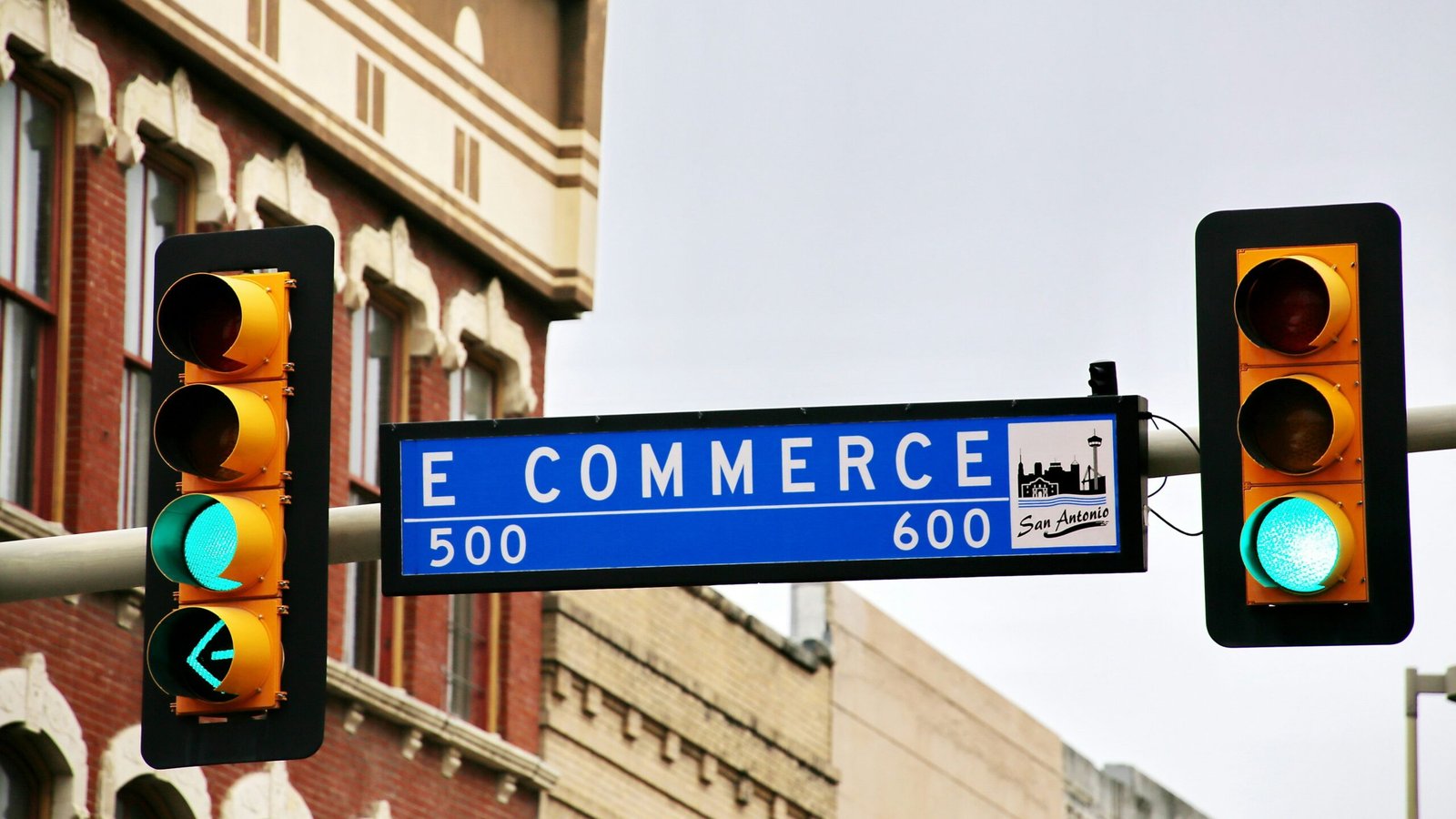Leveraging E-Newsletters for Success in B2B E-Commerce
Introduction
In today’s digital age, e-commerce has become an integral part of the business landscape. B2B e-commerce businesses, in particular, have embraced various strategies to boost their sales and stay ahead of the competition. One such strategy that has proven to be highly effective is the use of e-newsletters. In this blog post, we will explore how smart B2B e-commerce businesses are leveraging e-newsletters to make a fortune.
The Power of E-Newsletters in B2B E-commerce
E-newsletters have emerged as a powerful tool for B2B e-commerce businesses to connect with their target audience and drive sales. These newsletters provide an opportunity for businesses to share valuable content, updates, promotions, and industry insights directly with their customers and prospects. By delivering relevant and personalized information, e-newsletters help businesses build trust, establish credibility, and nurture long-term relationships with their audience.
One of the key advantages of using e-newsletters in B2B e-commerce is the ability to reach a wide audience at a relatively low cost. Unlike traditional marketing channels, such as print ads or direct mail, e-newsletters can be sent to a large number of recipients instantly and at a fraction of the cost. This makes it an attractive option for businesses looking to maximize their reach and generate leads without breaking the bank.
Moreover, e-newsletters allow B2B e-commerce businesses to segment their audience and tailor their content accordingly. By analyzing customer data and preferences, businesses can create targeted newsletters that address the specific needs and interests of different customer segments. This personalized approach not only enhances the customer experience but also increases the chances of conversion and repeat sales.
Furthermore, e-newsletters provide B2B e-commerce businesses with valuable insights into customer behavior and preferences. By tracking metrics such as open rates, click-through rates, and conversion rates, businesses can gain a deeper understanding of what resonates with their audience and adjust their marketing strategies accordingly. This data-driven approach enables businesses to optimize their e-newsletters for maximum impact and continuously improve their marketing efforts.
In addition to driving sales, e-newsletters also serve as a platform for B2B e-commerce businesses to showcase their expertise and thought leadership. By sharing industry insights, best practices, and success stories, businesses can position themselves as trusted advisors and industry experts. This not only helps in building brand reputation but also attracts new customers and strengthens existing relationships.
In conclusion, e-newsletters have become an indispensable tool for smart B2B e-commerce businesses looking to make a fortune. By leveraging the power of e-newsletters, businesses can effectively engage their audience, drive sales, and position themselves as industry leaders. As the digital landscape continues to evolve, it is clear that e-newsletters will remain a key component of successful B2B e-commerce strategies.
4. Personalization and Targeting
One of the major advantages of e-newsletters in B2B e-commerce is the ability to personalize and target content. With advanced analytics and segmentation tools, businesses can tailor their newsletters to specific customer segments based on their interests, preferences, and buying behavior. By delivering content that is highly relevant and personalized, businesses can increase engagement and conversion rates. For example, a software company can send a newsletter to its customers in the healthcare industry, highlighting how their product can specifically address their unique needs and challenges.
5. Measurable Results
Unlike traditional marketing channels, e-newsletters provide businesses with the ability to track and measure the success of their campaigns. Through email marketing platforms, businesses can monitor open rates, click-through rates, conversion rates, and other key metrics. This data allows businesses to gain valuable insights into the effectiveness of their newsletters and make data-driven decisions to optimize their campaigns. Additionally, businesses can conduct A/B testing to experiment with different elements of their newsletters, such as subject lines, content layout, and call-to-action buttons, to identify what resonates best with their audience.
6. Cost-Effective Marketing Strategy
E-newsletters are a cost-effective marketing strategy for B2B e-commerce businesses. Compared to traditional marketing channels such as print advertising or direct mail, e-newsletters require minimal investment. With the right email marketing software and a well-planned strategy, businesses can reach a large number of customers and prospects at a fraction of the cost. This makes e-newsletters an attractive option for businesses of all sizes, especially those with limited marketing budgets.
7. Building Brand Awareness
E-newsletters play a crucial role in building brand awareness in the B2B e-commerce space. By consistently delivering valuable and relevant content, businesses can establish themselves as industry leaders and increase brand recognition. When customers and prospects receive high-quality newsletters that provide them with valuable information, they are more likely to remember the brand and consider it when making purchasing decisions. Over time, this can lead to increased brand loyalty and a strong reputation in the market.
In conclusion, e-newsletters have become a powerful tool for B2B e-commerce businesses. By building trust and credibility, nurturing relationships, driving traffic and conversions, personalizing content, measuring results, being cost-effective, and building brand awareness, businesses can leverage e-newsletters to achieve their marketing goals and stay ahead in the competitive B2B e-commerce landscape.
6. Test Different Elements
In order to create the most effective e-newsletters, it’s important to test different elements and strategies. Experiment with different layouts, colors, fonts, and calls to action to see what resonates best with your audience. A/B testing can be a valuable tool in determining which variations perform better and can help you make data-driven decisions to improve the overall effectiveness of your e-newsletters.
7. Maintain Consistency
Consistency is key when it comes to e-newsletters. Establish a regular publishing schedule and stick to it. This helps build credibility and trust with your audience, as they know when to expect your updates. Additionally, maintaining consistency in terms of branding, tone of voice, and design elements creates a cohesive and recognizable experience for your subscribers.
8. Encourage Interaction
Don’t just send out e-newsletters and expect your subscribers to passively consume the content. Encourage interaction and engagement by including interactive elements such as polls, surveys, or quizzes. This not only makes the experience more enjoyable for your audience but also provides valuable insights and feedback that can help you improve your future newsletters.
9. Personalize Where Possible
Personalization goes a long way in creating effective e-newsletters. Use your subscribers’ names in the greetings and tailor the content to their specific interests and preferences whenever possible. This can be achieved through dynamic content blocks that change based on the recipient’s data or by offering personalized recommendations based on their past interactions with your brand.
10. Provide Clear Call to Actions
Every e-newsletter should have a clear call to action (CTA) that tells the reader what you want them to do next. Whether it’s visiting a specific landing page, making a purchase, or signing up for an event, make sure your CTAs are prominent, easy to understand, and visually appealing. Use persuasive language and compelling visuals to entice your subscribers to take action.
By following these best practices, you can create e-newsletters that not only grab the attention of your audience but also drive engagement and ultimately lead to desired outcomes. Remember to continuously monitor and analyze the performance of your e-newsletters to make data-driven improvements and keep your subscribers engaged and satisfied.
4. Adobe
Adobe, a multinational software company known for its creative and digital marketing solutions, utilizes e-newsletters to engage with its B2B customers. Their e-newsletters often feature updates on new product releases, industry trends, and creative inspiration. By showcasing the capabilities of their software and providing valuable resources, Adobe keeps its customers informed and encourages them to explore new ways to enhance their digital marketing efforts.
5. IBM
IBM, a global technology company, employs e-newsletters to share thought leadership content and industry insights with its B2B audience. Their e-newsletters cover a wide range of topics, including artificial intelligence, cloud computing, and cybersecurity. By providing valuable information and positioning themselves as experts in various fields, IBM establishes credibility and fosters trust with its customers.
6. LinkedIn
LinkedIn, the world’s largest professional networking platform, uses e-newsletters to deliver personalized content to its B2B users. Their e-newsletters include curated articles, job recommendations, and industry updates tailored to the individual’s professional interests and connections. By delivering relevant content directly to their users’ inboxes, LinkedIn keeps them engaged and encourages them to further explore the platform’s features and offerings.
7. Mailchimp
Mailchimp, an email marketing platform, effectively utilizes e-newsletters to showcase its own capabilities and provide valuable resources to its B2B customers. Their e-newsletters often include tips on email marketing best practices, case studies, and success stories from their users. By demonstrating the effectiveness of their platform and sharing real-life examples, Mailchimp positions itself as a trusted partner for businesses looking to improve their email marketing strategies.
These examples highlight the diverse ways in which B2B e-commerce businesses can leverage e-newsletters to drive success. Whether it’s delivering valuable content, sharing industry insights, or showcasing product updates, e-newsletters provide a powerful tool for engaging with customers, building trust, and ultimately driving business growth. By consistently delivering high-quality content and tailoring it to the specific needs and interests of their audience, these businesses have been able to effectively leverage e-newsletters as a key component of their B2B e-commerce strategies.







